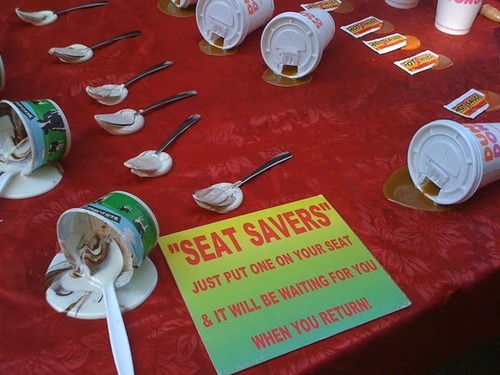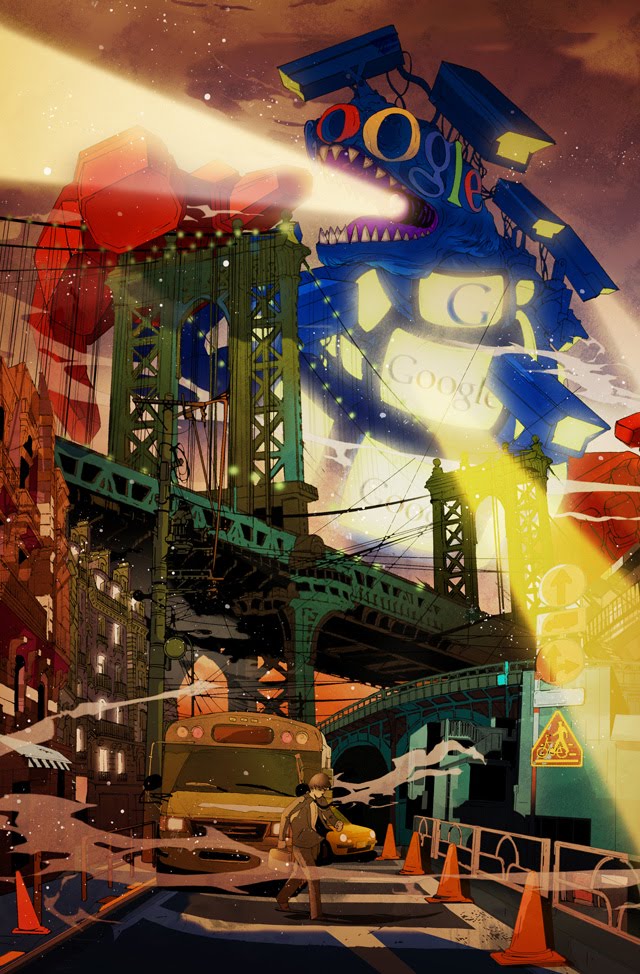Video
Imagine frames of a video printed on the side of a sequence of decks of cards. Then imagine all of those decks combined with a perfect n-riffle shuffle. What would the result look like if played back as a video? Something like this:
Surfing the 4th Dimension from Don Whitaker on Vimeo.
A bunch more, by phyrworks, can be viewed here.
Link
I love the idea that seemingly obvious things that work pretty well are actually only local maxima, and if you move far away enough from the norm you can actually find something far more effective.
The nicest example of this I’ve come across so far can be found here; some great data to show that under some circumstances combining the two pricing strategies of pay-what-you want with half-goes-to-charity produces a significantly better outcome than either option alone, or standard pricing. (This was anecdotally demonstrated by the Humble Indie Bundle back in May, but that clearly lacked a fair “control” for comparison).
Puzzle
As suggested by Angela last week, the problem of Trigger’s Broom, more conventionally known as the Ship of Theseus Paradox:
Trigger: And that’s what I’ve done. Maintained it for 20 years. This old broom’s had 17 new heads and 14 new handles in its time.
Sid: How the hell can it be the same bloody broom then?
Is Trigger’s broom still the same broom? If so why, if not why not?
Picture
Jeremey’s Place fake food emporium finds a clever way of shifting their otherwise fleetingly-entertaining spilled-food novelty items:



